Gadgets of the ’80s we all wanted
Ah, the ’80s—a time when gadgets were as big as your hair and as colorful as your leg warmers. This era was marked by the birth of innovative technology that would shape the future.
From electronic games that could fit in your pocket to cassette tapes that brought music to your ears, the ’80s were a gadget-lover’s paradise. So, grab your neon jacket and let’s take a nostalgic trip down memory lane, exploring some of the most beloved gadgets of this iconic decade.
The Iconic Walkman: Revolutionizing Music on the Go

Sony’s Walkman, launched in 1979, became emblematic of the ’80s lifestyle, allowing people to take their music with them wherever they went. Prior to the Walkman, music was largely a stationary experience, tied to home stereo systems.
This portable cassette player changed that, selling over 220 million units worldwide. The Walkman became an essential accessory for joggers, commuters, and anyone who wanted a personal soundtrack to their daily life. It was the original ‘music on the go’ gadget, setting the stage for the future of personal audio devices.
Nintendo Entertainment System: The Birth of Home Gaming
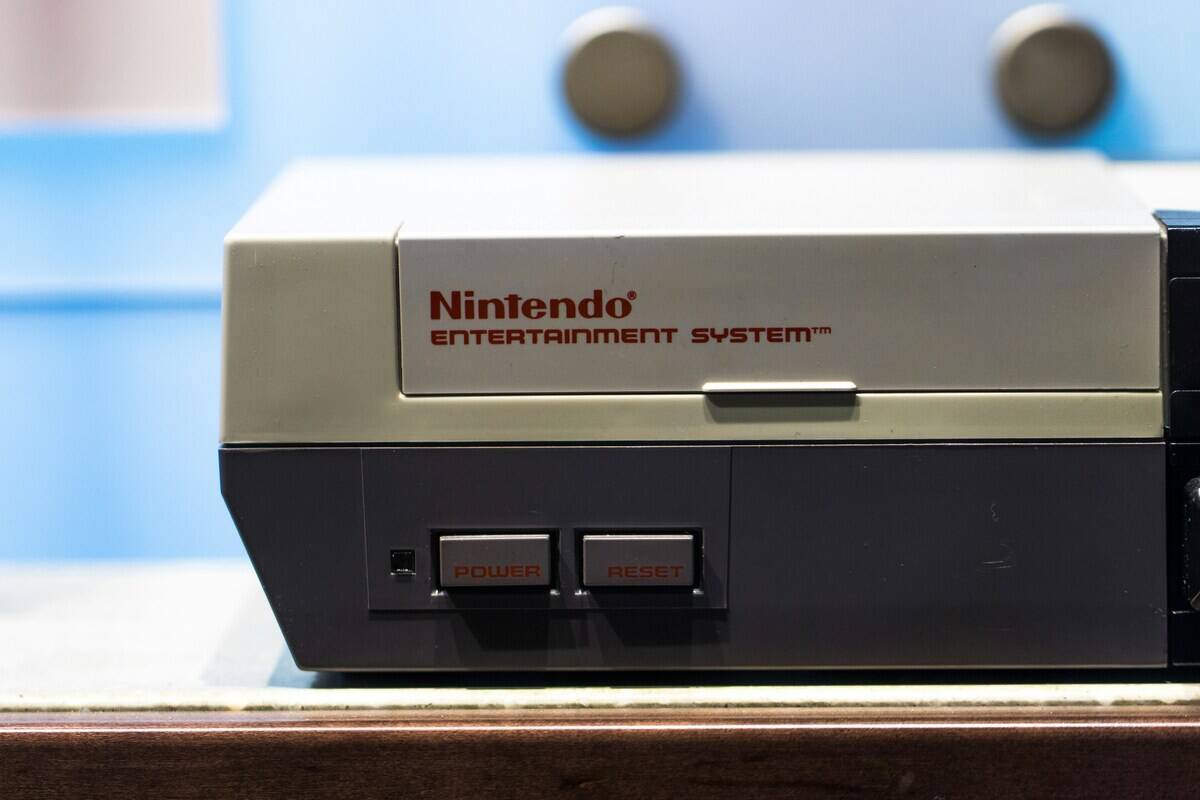
Released in North America in 1985, the Nintendo Entertainment System (NES) was a game-changer for the video game industry. With iconic games like Super Mario Bros. and The Legend of Zelda, it captured the hearts of millions and revived the home gaming market after the crash of 1983.
The NES sold over 60 million units worldwide and introduced gamers to the concept of interchangeable cartridges. It was not just a console but a cultural phenomenon that paved the way for future gaming systems.
The Rubik’s Cube: The Puzzle That Drove Us Crazy

Invented in 1974 by Hungarian architect Ernő Rubik, the Rubik’s Cube became a global sensation in the ’80s. This colorful, twisty puzzle challenged users to align all six sides to a single color, a task that was deceptively difficult.
With over 500 million cubes sold, it remains one of the best-selling puzzles of all time. The Rubik’s Cube not only tested patience and problem-solving skills but also became a cultural icon, symbolizing the brain-teasing fun of the decade.
Boomboxes: The Soundtrack of Street Culture
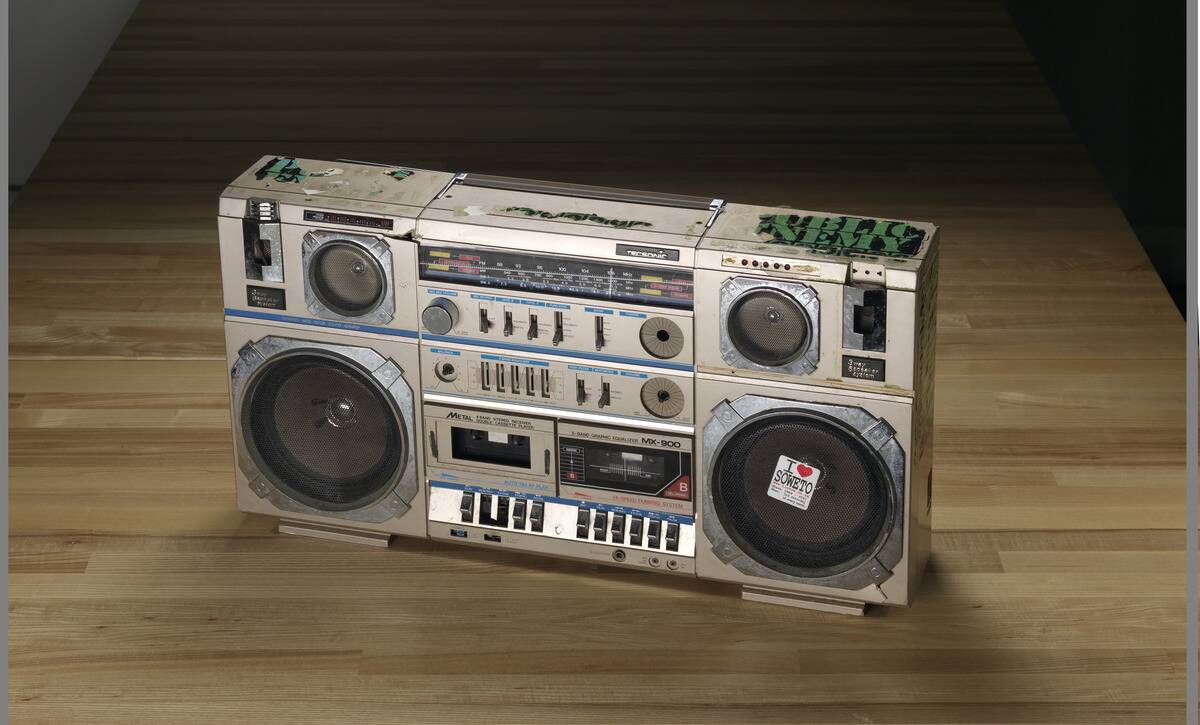
Boomboxes, those large, portable radios with powerful speakers, became synonymous with street culture in the ’80s. They allowed for music to be shared in public spaces, from park gatherings to street dance battles.
The boombox was a symbol of identity, often customized with stickers and decals. It played a crucial role in the spread of hip-hop culture, providing the beats for breakdancing and rap battles. These portable sound systems were more than just gadgets; they were a social revolution.
Polaroid Cameras: Instant Photography Magic
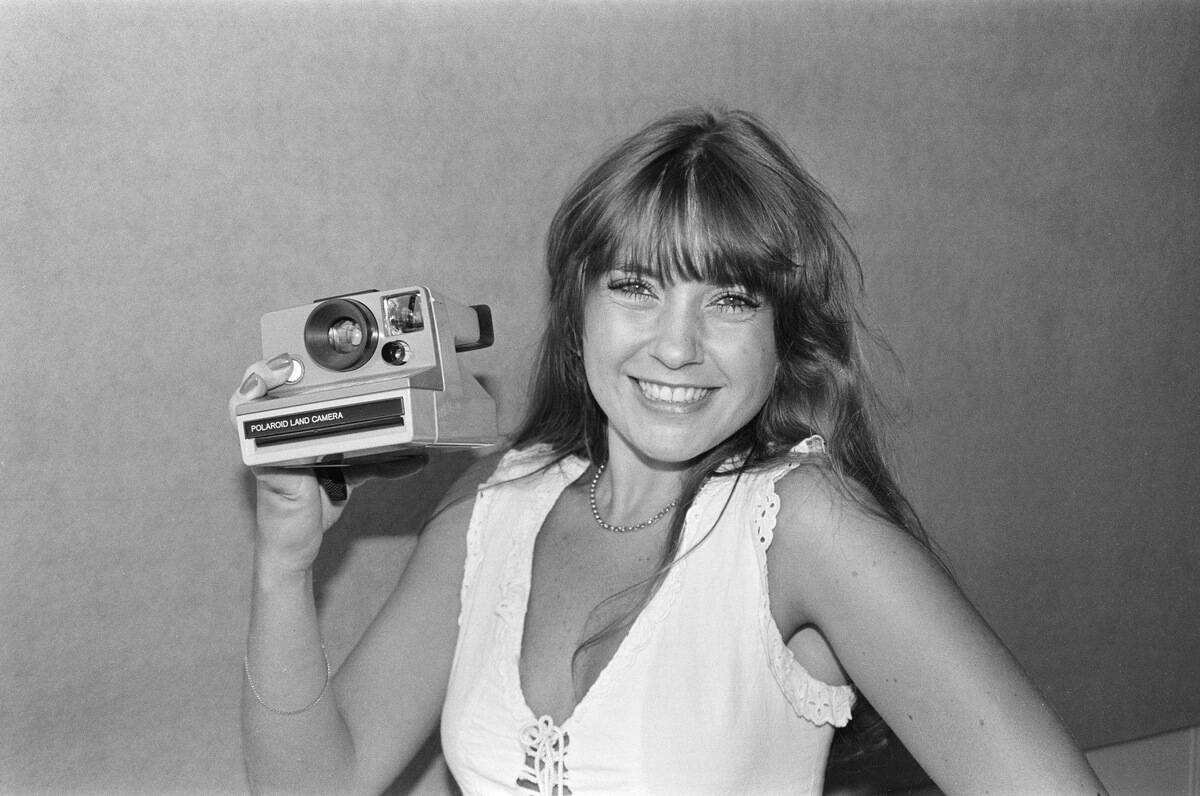
In the ’80s, Polaroid cameras brought the magic of instant photography to the masses. With the simple press of a button, you could capture a moment and watch it develop before your eyes in just a few minutes.
The Polaroid SX-70 and later models became beloved for their simplicity and instant gratification. They were a staple at parties and family gatherings, capturing spontaneous moments before the age of digital cameras and smartphones. Polaroids offered an analog charm that remains nostalgic to this day.
Atari 2600: The Pioneer of Video Game Consoles
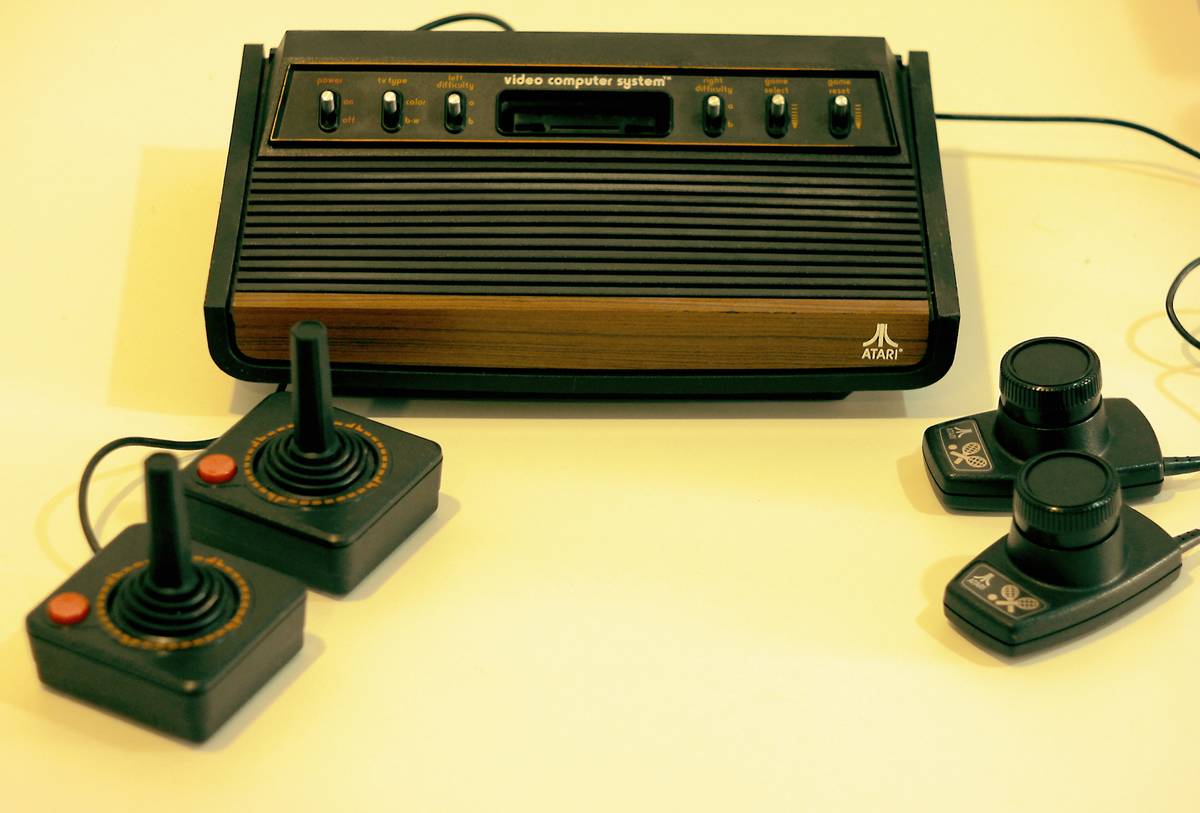
The Atari 2600, released in 1977, laid the groundwork for home video game consoles and enjoyed its peak popularity in the early ’80s. It introduced gamers to classics like Space Invaders and Pac-Man (although the system’s Pac Man port is infamously bad), sparking a video game craze.
The console sold over 30 million units and paved the way for the future of home gaming. Its introduction of plug-and-play cartridges allowed gamers to switch between different games easily, a feature that became standard in the industry.
Casio Calculator Watch: Nerdy Yet Cool

The Casio calculator watch was the epitome of ’80s geek chic, combining the functionality of a digital watch with a miniature calculator. Released in the early ’80s, it quickly became a must-have accessory for students and tech enthusiasts alike.
The watch featured tiny buttons for basic arithmetic functions, making it a handy tool for quick calculations. Its popularity was not just due to its practicality but also because it embodied a futuristic style that was both nerdy and undeniably cool.
The Commodore 64: A Personal Computer Phenomenon
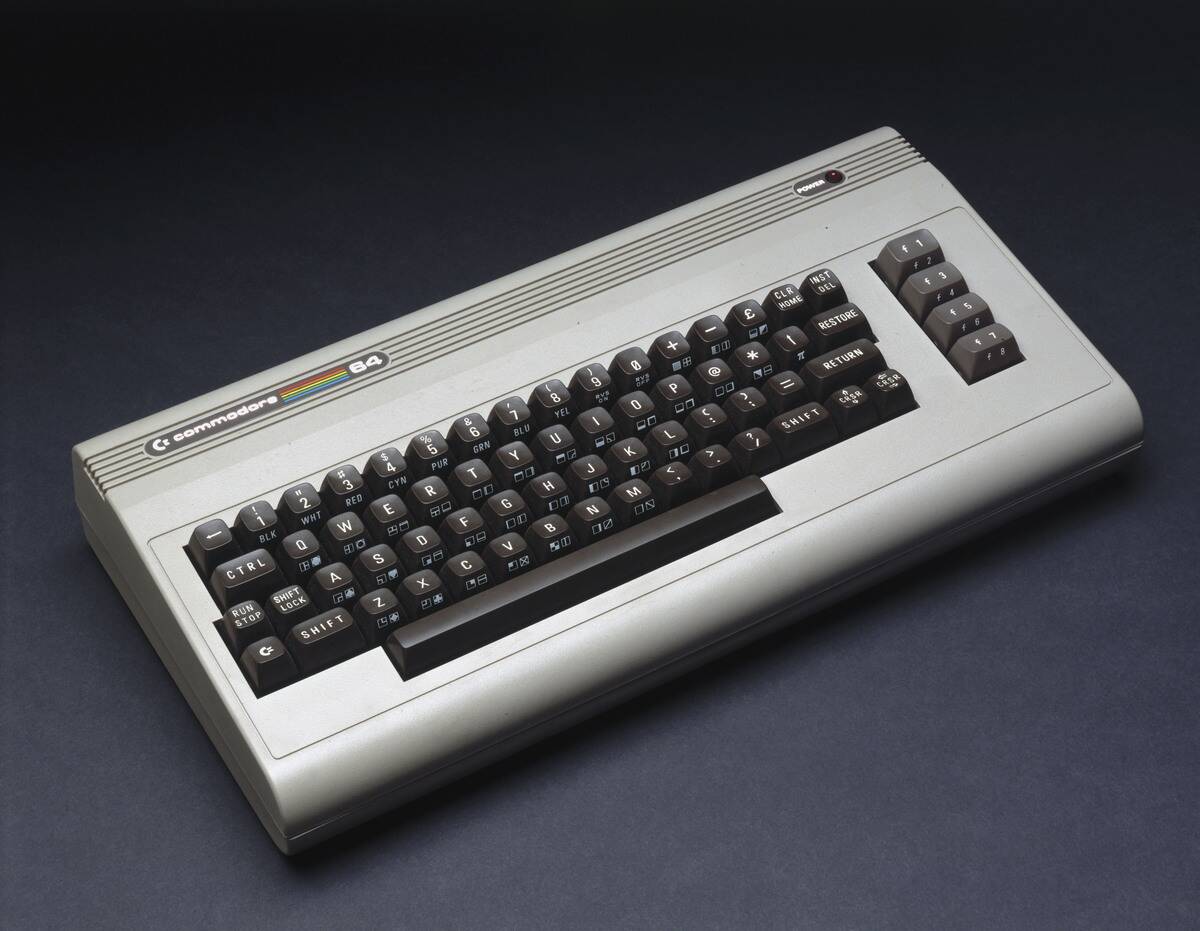
Launched in 1982, the Commodore 64 became one of the best-selling home computers of all time, with up to 17 million units sold. Known for its impressive graphics and sound capabilities, it was a favorite among gamers and programmers.
The C64 was more than just a computer; it was an introduction to the world of coding and home computing for many. Its affordability and accessibility made it a staple in households, and it remains a beloved part of computing history.
Sony Betamax: The Battle of the Video Formats
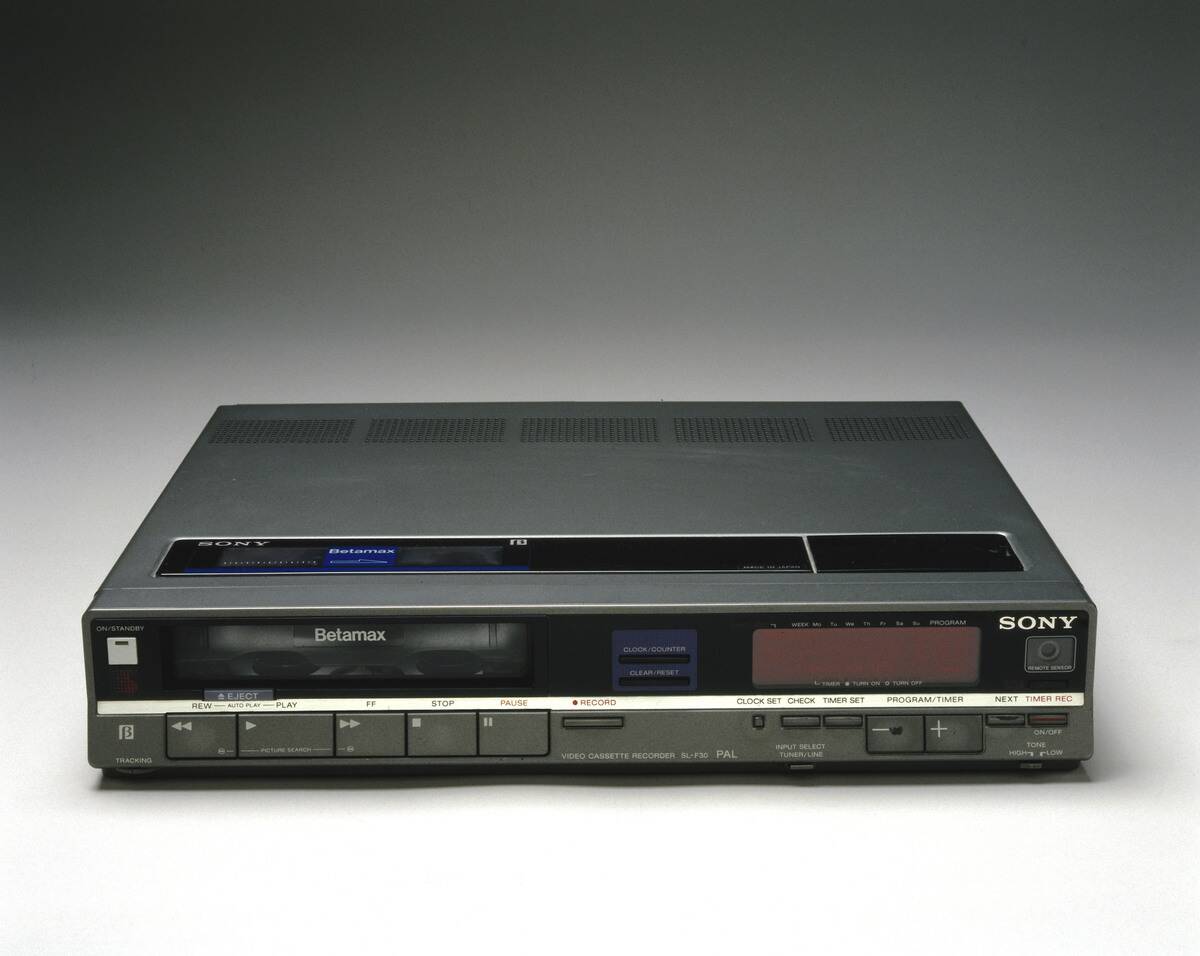
Sony’s Betamax, introduced in 1975, was at the center of the first major format war in the home video industry. Despite offering superior video quality, Betamax lost out to VHS due to the latter’s longer recording time and wider availability.
This battle for dominance in home video recording highlighted the importance of format compatibility and market strategy. While Betamax eventually faded into obscurity, it set the stage for future media battles and innovations in home entertainment.
Handheld Electronic Games: Pocket-Sized Fun
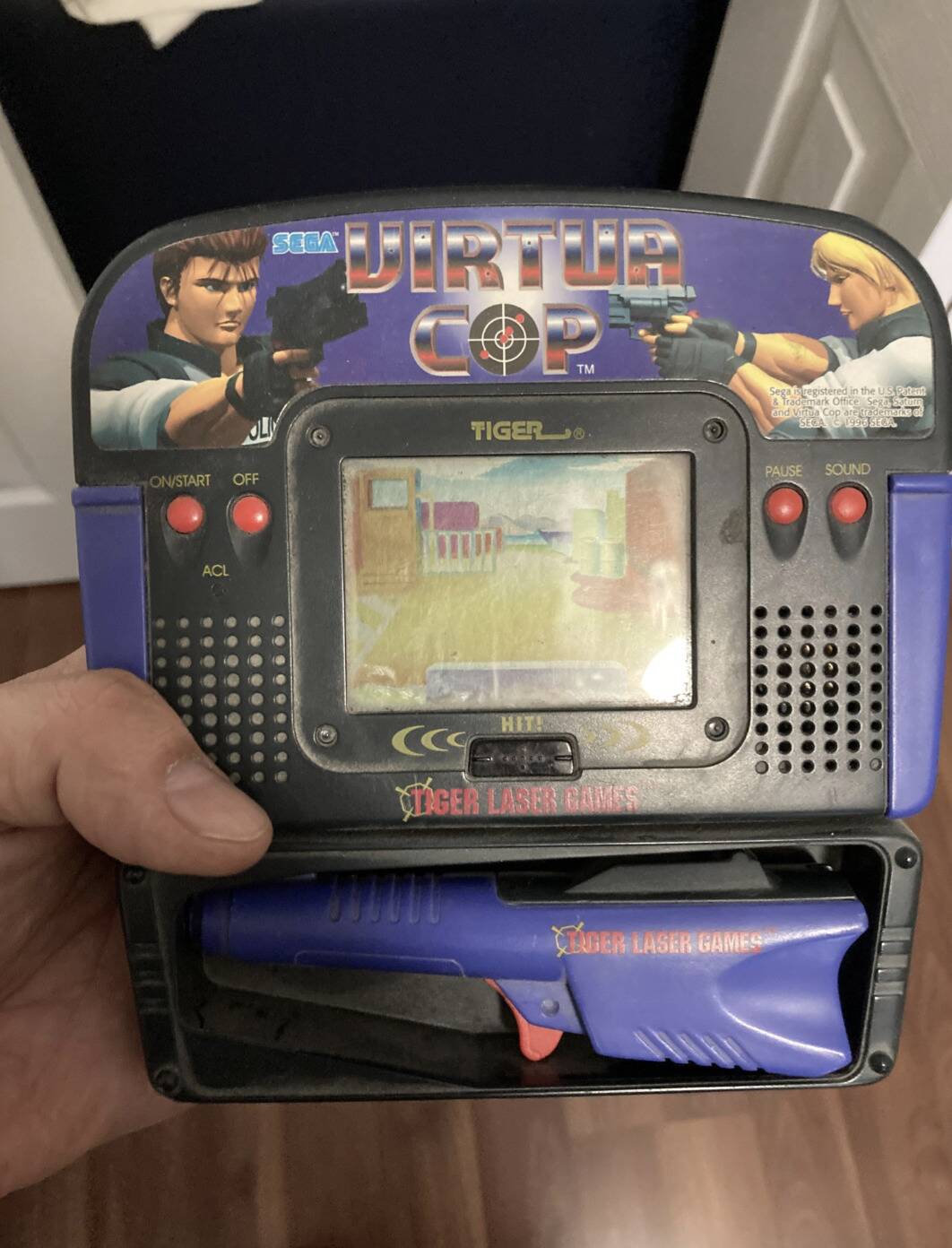
In the ’80s, handheld electronic games became wildly popular, offering pocket-sized entertainment for kids and adults alike. Companies like Nintendo and Tiger Electronics released a variety of games featuring simple graphics and gameplay.
These devices were perfect for on-the-go fun, often depicting popular arcade games in miniature form. The simplicity and portability of these games made them a hit, foreshadowing the rise of handheld gaming consoles like the Game Boy, which would debut at the end of the decade.
The Clunky but Beloved Brick Phones
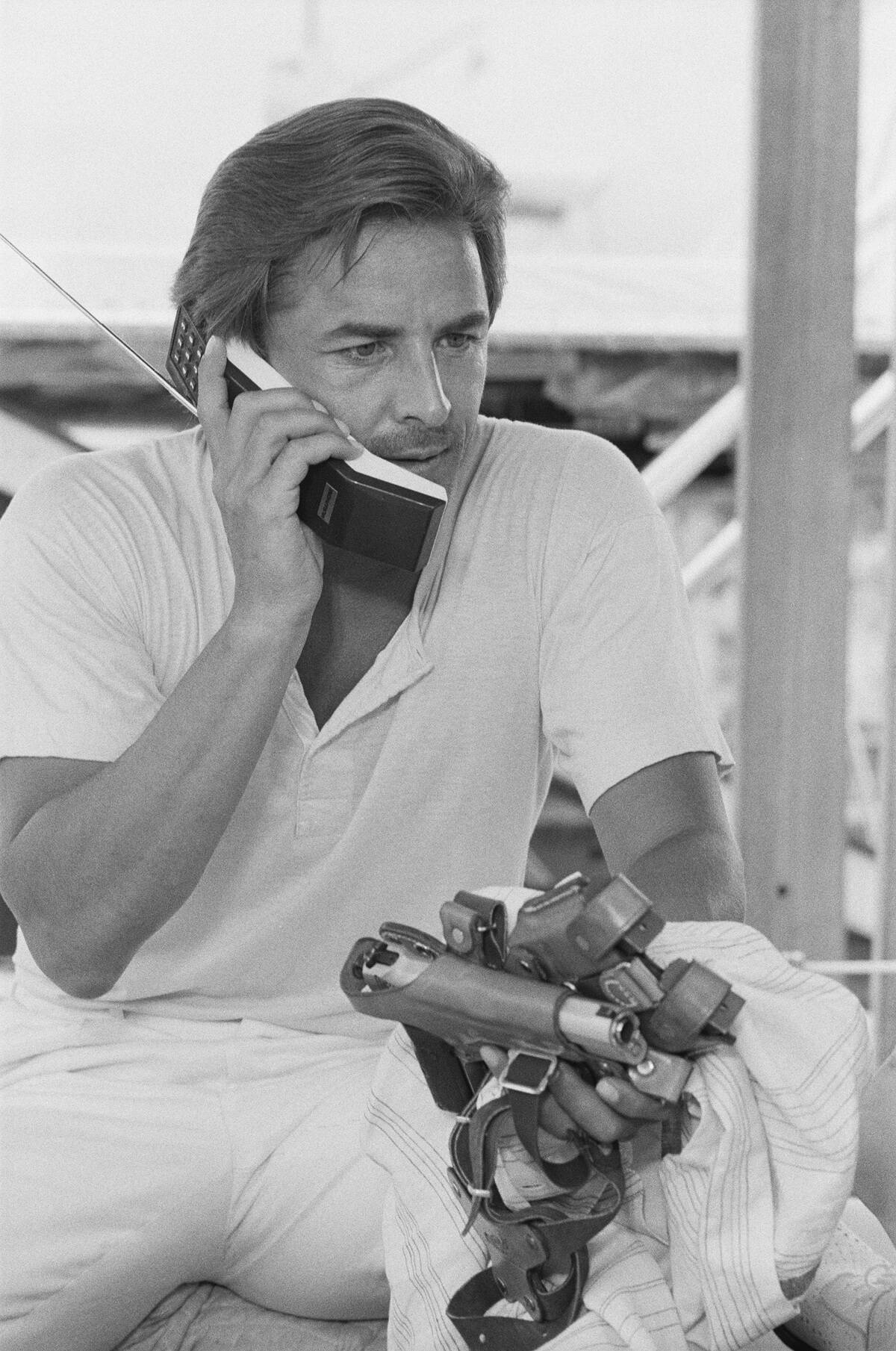
The ’80s saw the advent of mobile phones, often referred to as ‘brick phones’ due to their size and shape. The Motorola DynaTAC 8000X, released in 1983, was one of the first commercially available mobile phones.
It weighed nearly two pounds and had a hefty price tag, but owning one was a status symbol. Despite their cumbersome design, these early mobile phones marked the beginning of a communication revolution, setting the stage for the sleek, powerful smartphones we use today.
LCD Wristwatch Games: Time-telling Meets Entertainment
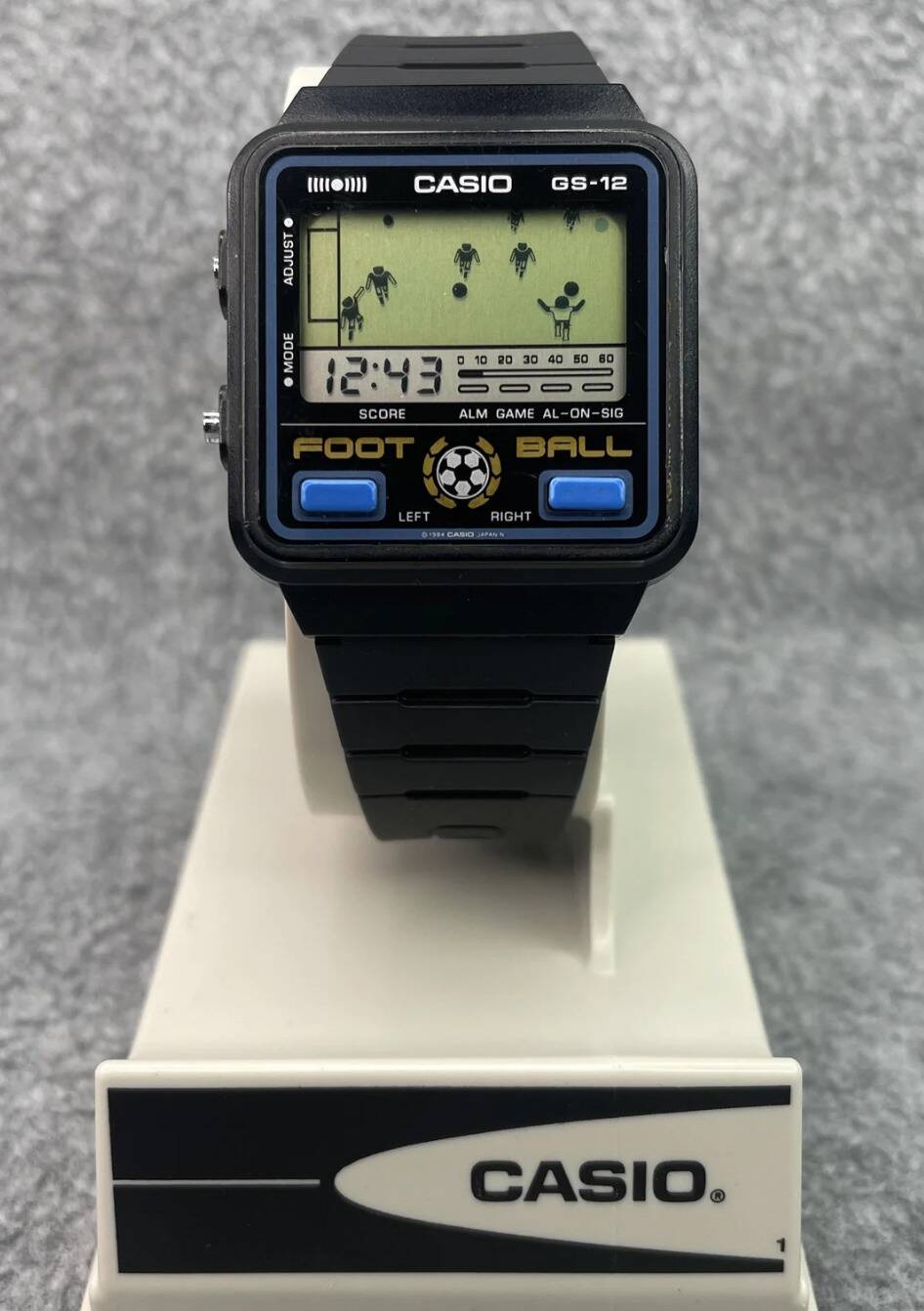
In the ’80s, watches weren’t just for telling time—they were also a source of entertainment. LCD wristwatch games combined the functionality of a digital watch with simple, interactive games.
Brands like Nelsonic and Casio released watches featuring popular games like Pac-Man and Donkey Kong. These wristwatches were a novelty, offering a unique blend of practicality and play, and they remain a nostalgic reminder of the era’s playful approach to technology.
The Speak & Spell: Learning Meets Technology
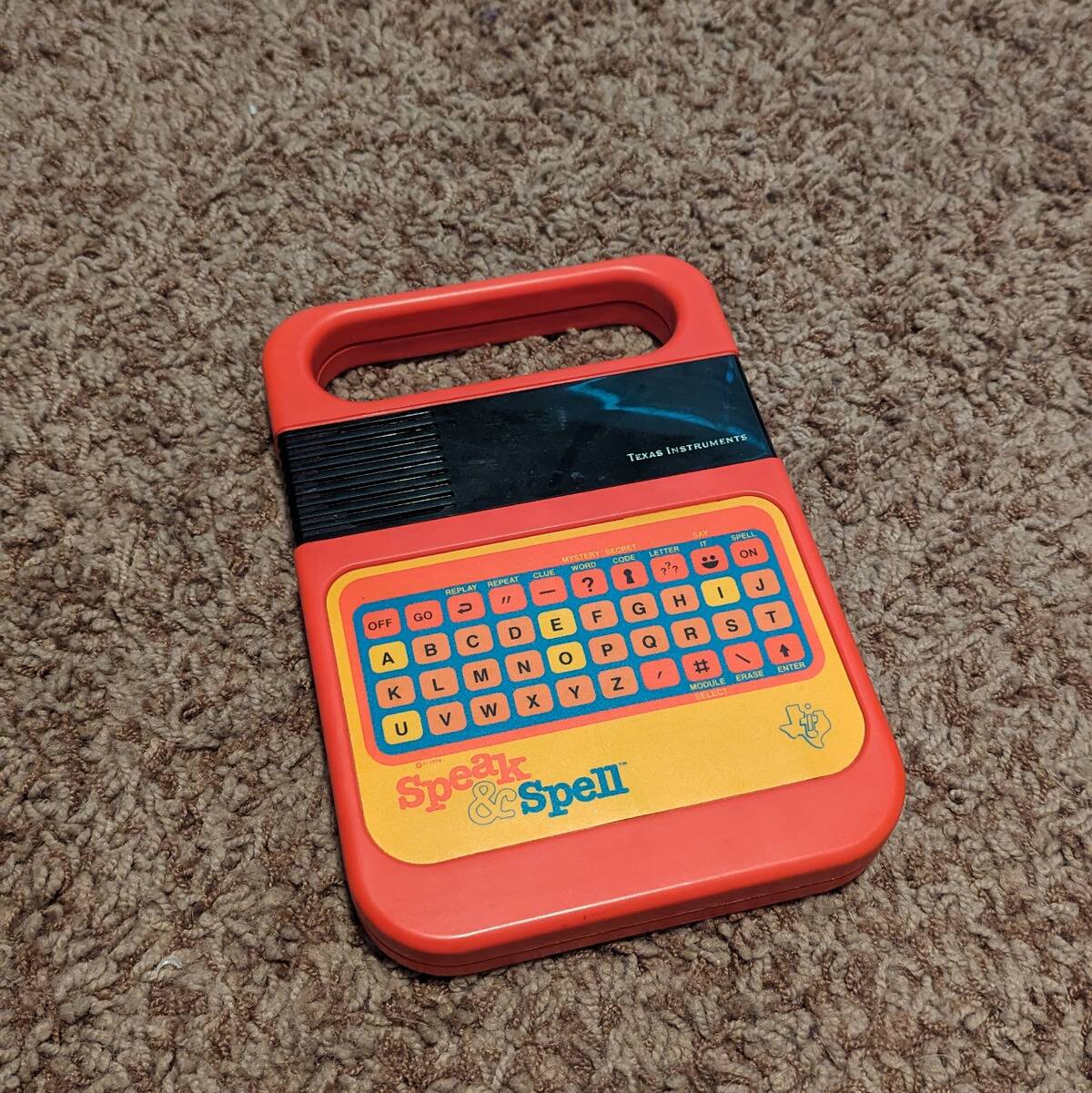
The Speak & Spell, released in 1978 by Texas Instruments, was an educational toy that taught children spelling and pronunciation through a voice synthesizer. This innovative device was ahead of its time, introducing kids to the concept of electronic learning.
It featured a keyboard and a display screen, and it could be programmed with different word lists. The Speak & Spell not only provided fun but also helped to bridge the gap between learning and technology.
LaserDisc Players: The Future That Never Was
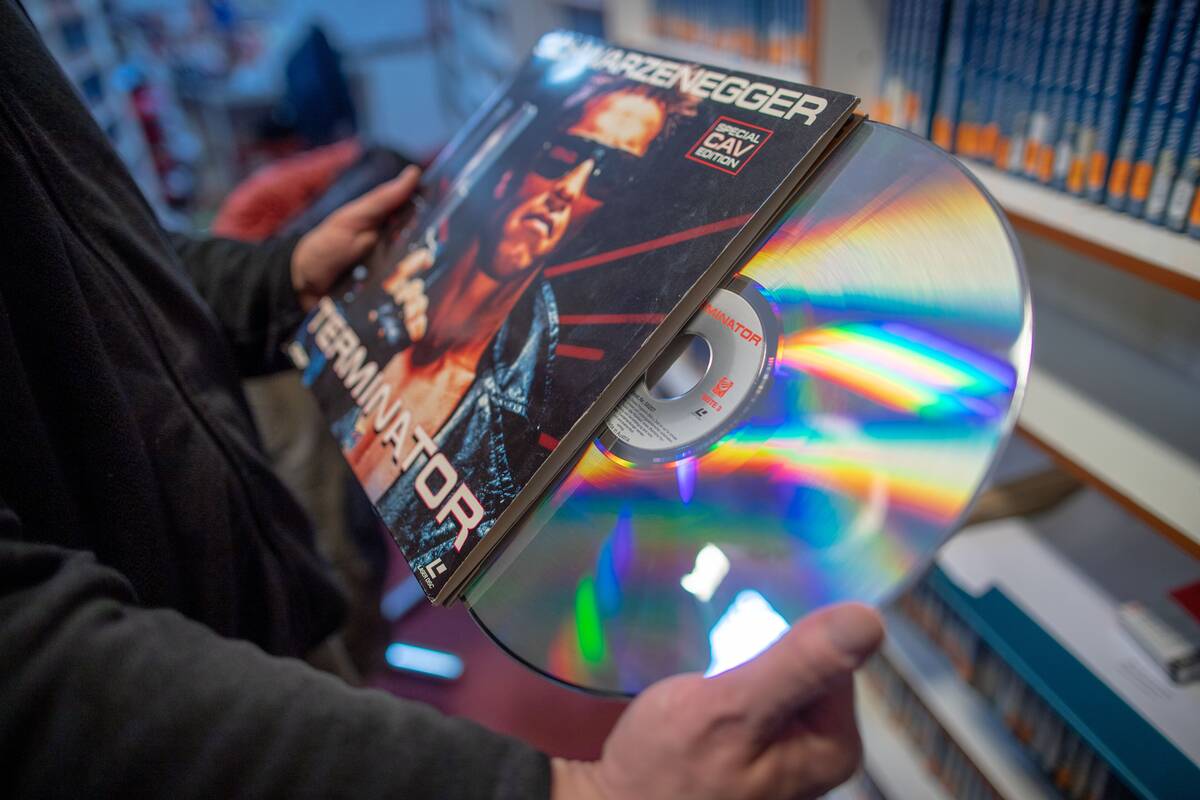
LaserDisc players, introduced in the late ’70s and peaking in the ’80s, were an early attempt at optical disc technology for home video. They offered superior video and audio quality compared to VHS tapes, but their large size and high cost limited their appeal.
While the format never gained widespread popularity, it paved the way for future optical media like DVDs and Blu-rays. LaserDiscs remain a collector’s item today, representing a fascinating chapter in the evolution of home entertainment.
VCRs: Movie Nights Made Easy
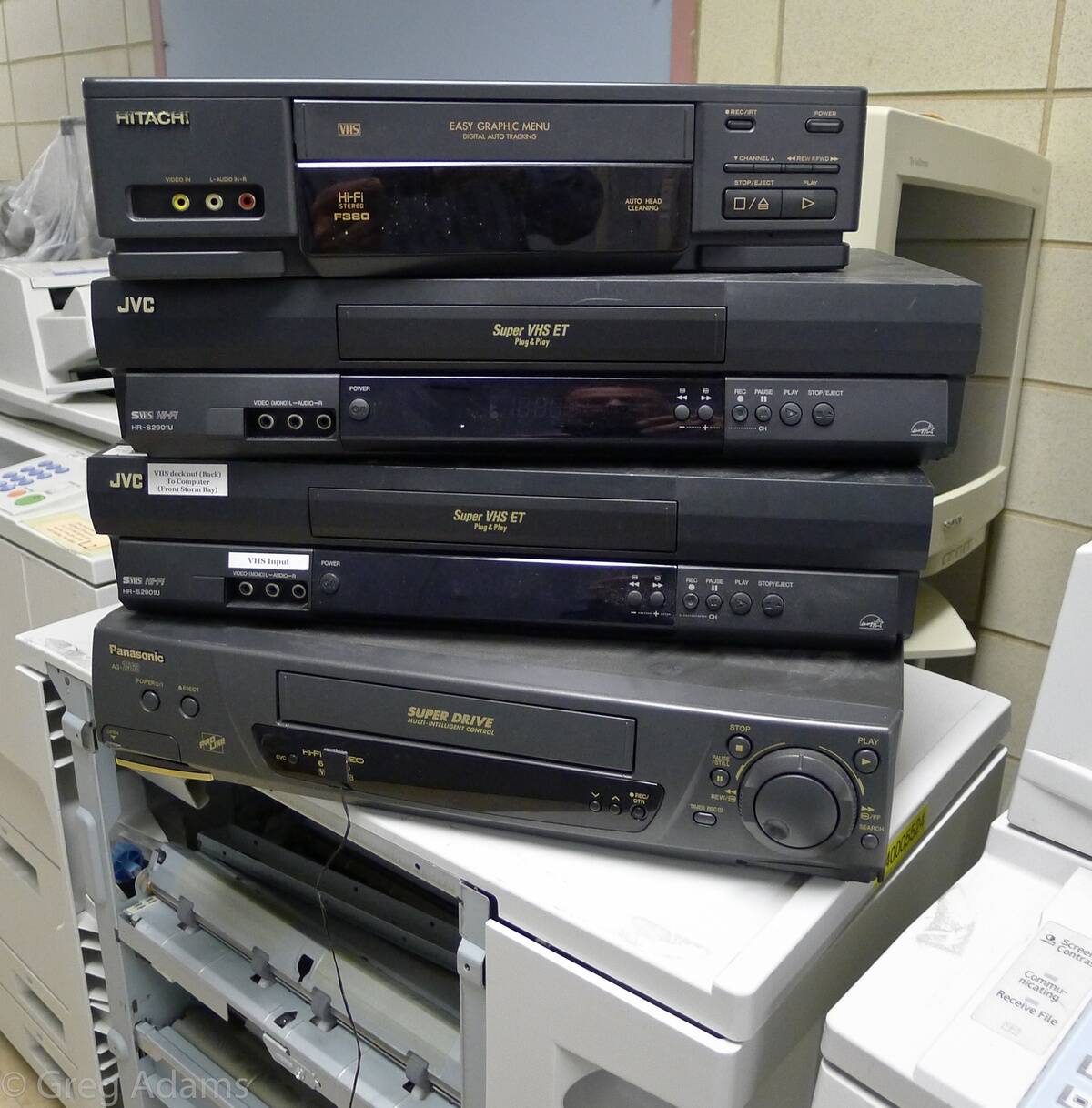
The introduction of the VCR in the late ’70s revolutionized home entertainment in the ’80s, allowing people to watch movies at their convenience. With VCRs, families could rent or purchase films to watch at home, creating the concept of ‘movie night.’
This technology also allowed for the recording of television shows, a feature that was widely used to time-shift viewing. VCRs became a household staple, fundamentally changing how people consumed media and paving the way for future home video innovations.
The ZX Spectrum: A Cult Computer for the Masses
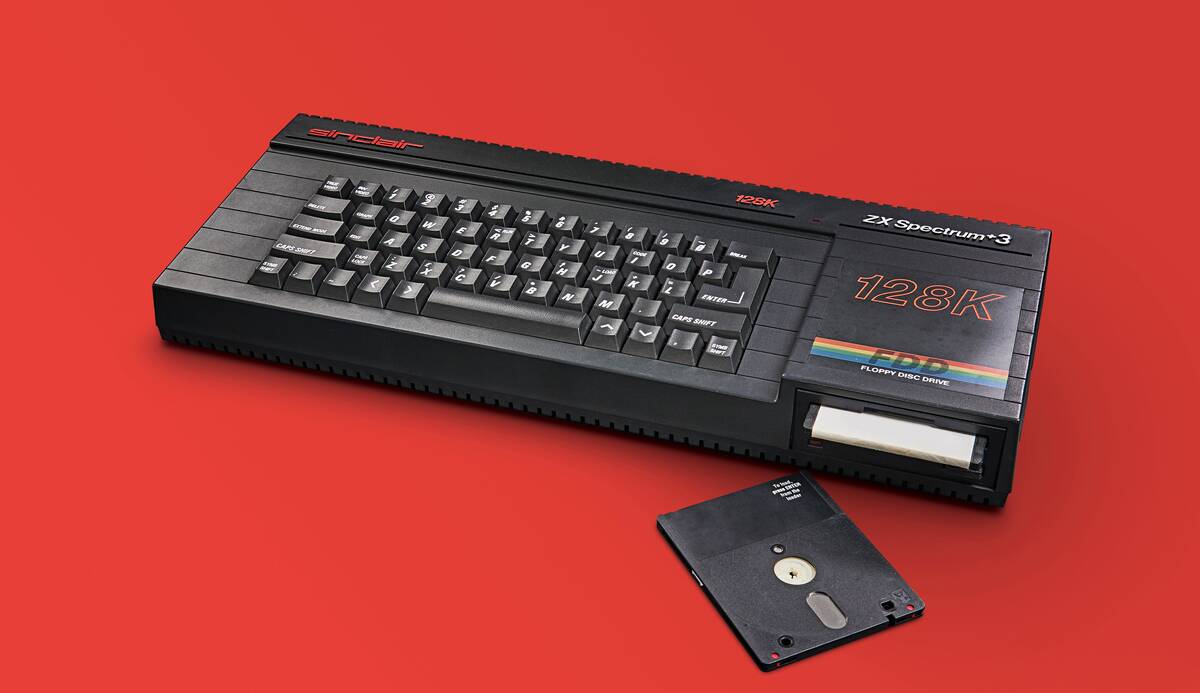
Released in 1982 by Sinclair Research, the ZX Spectrum was a significant player in the personal computer revolution of the ’80s. Known for its affordability and vibrant graphics, it became a favorite among hobbyists and budding programmers.
The Spectrum inspired a generation of game developers, contributing to the UK video game industry boom. Its legacy continues, with a dedicated fanbase and numerous emulators keeping the ZX Spectrum spirit alive, celebrating the machine that democratized computing.




